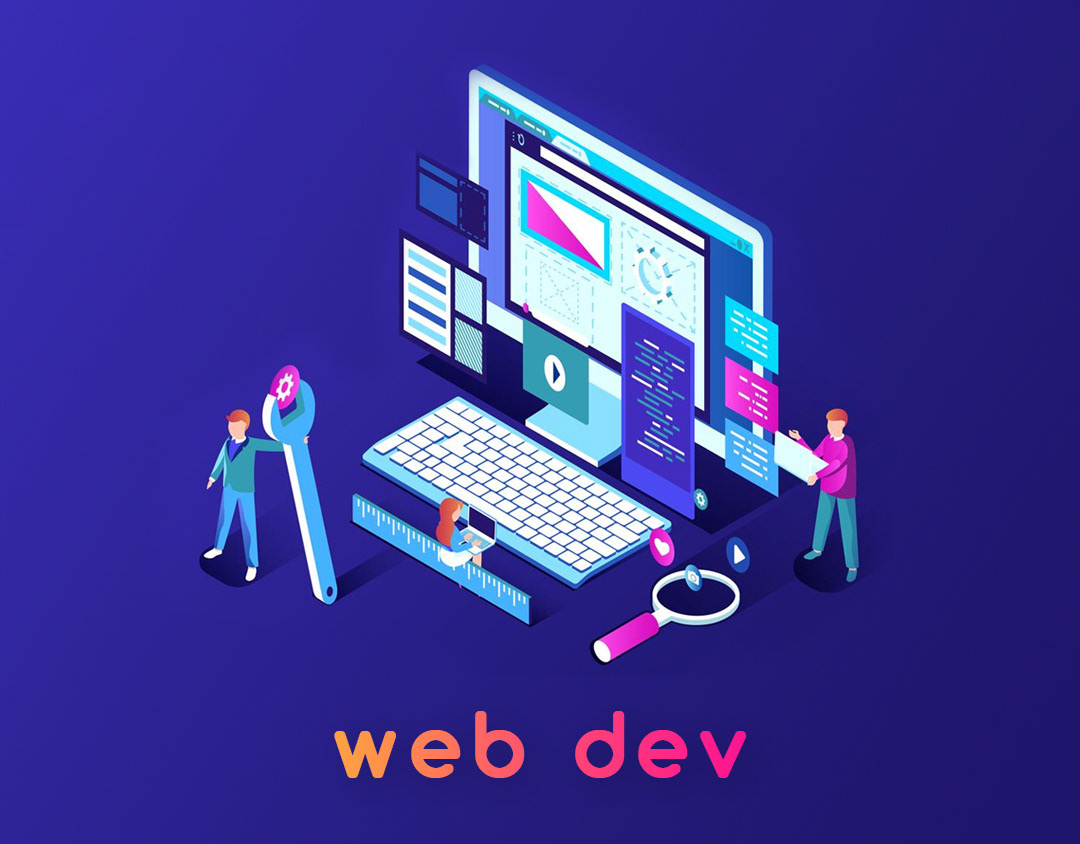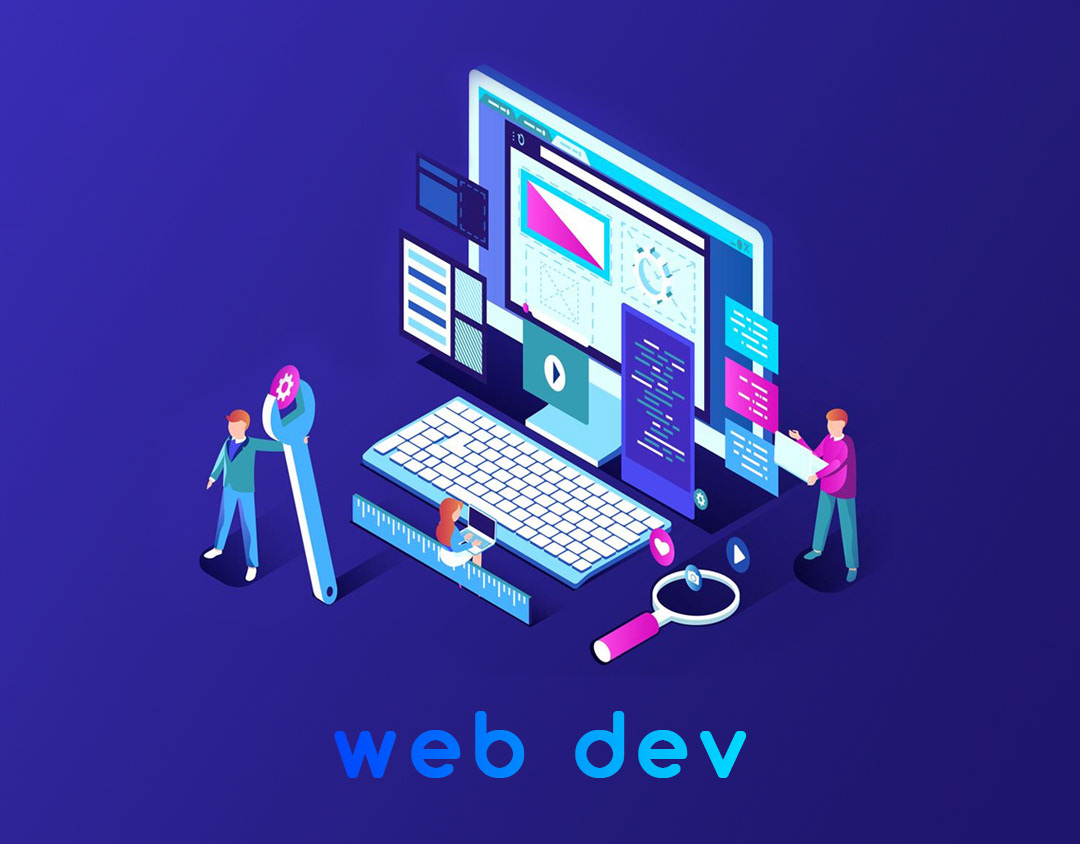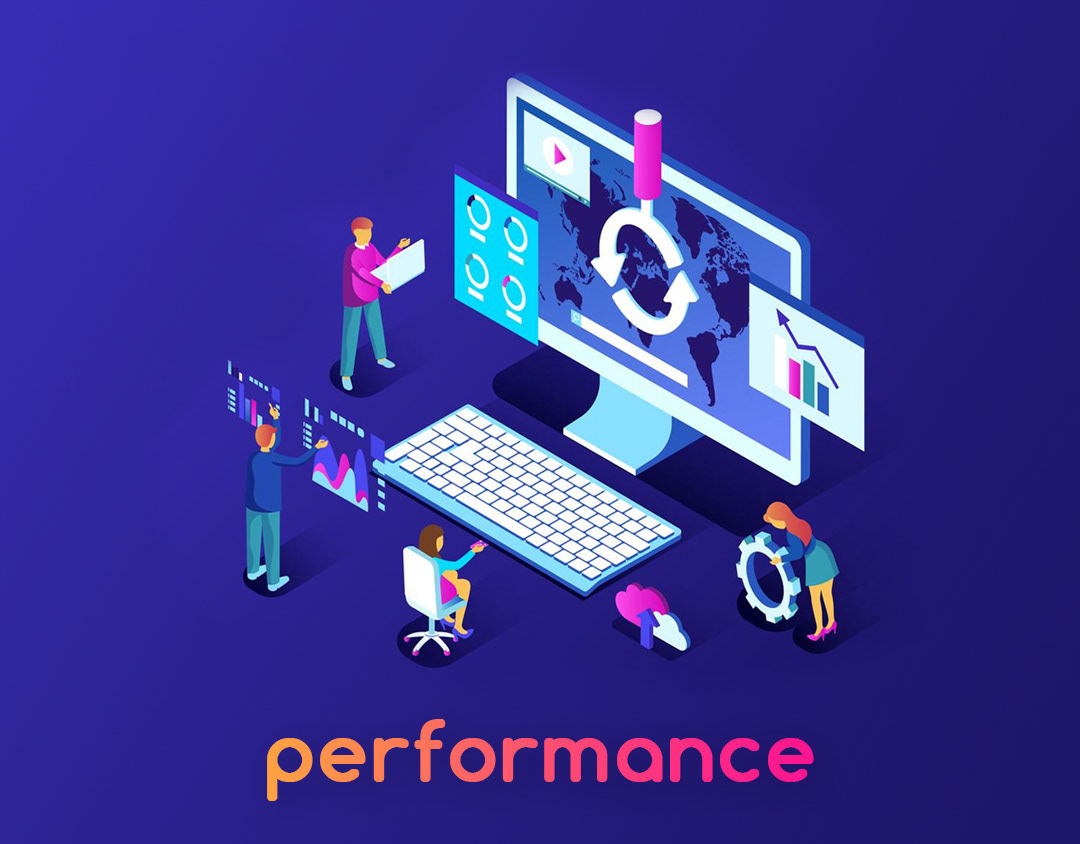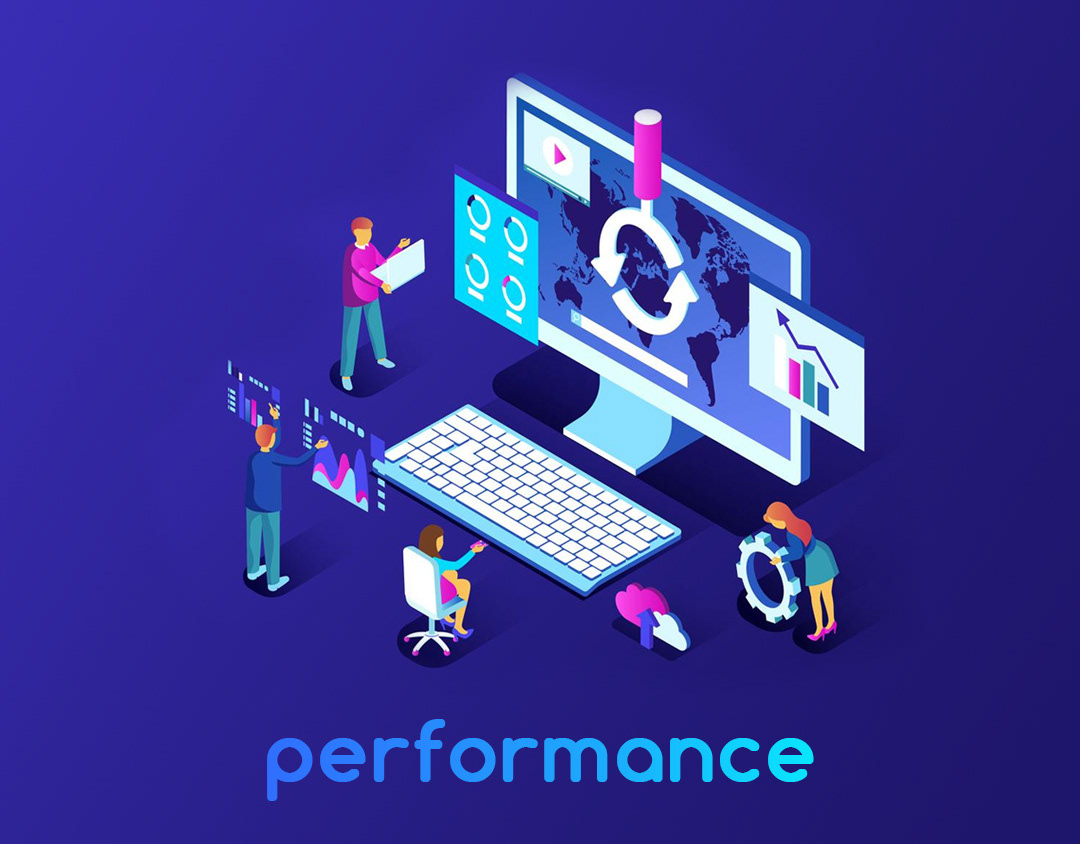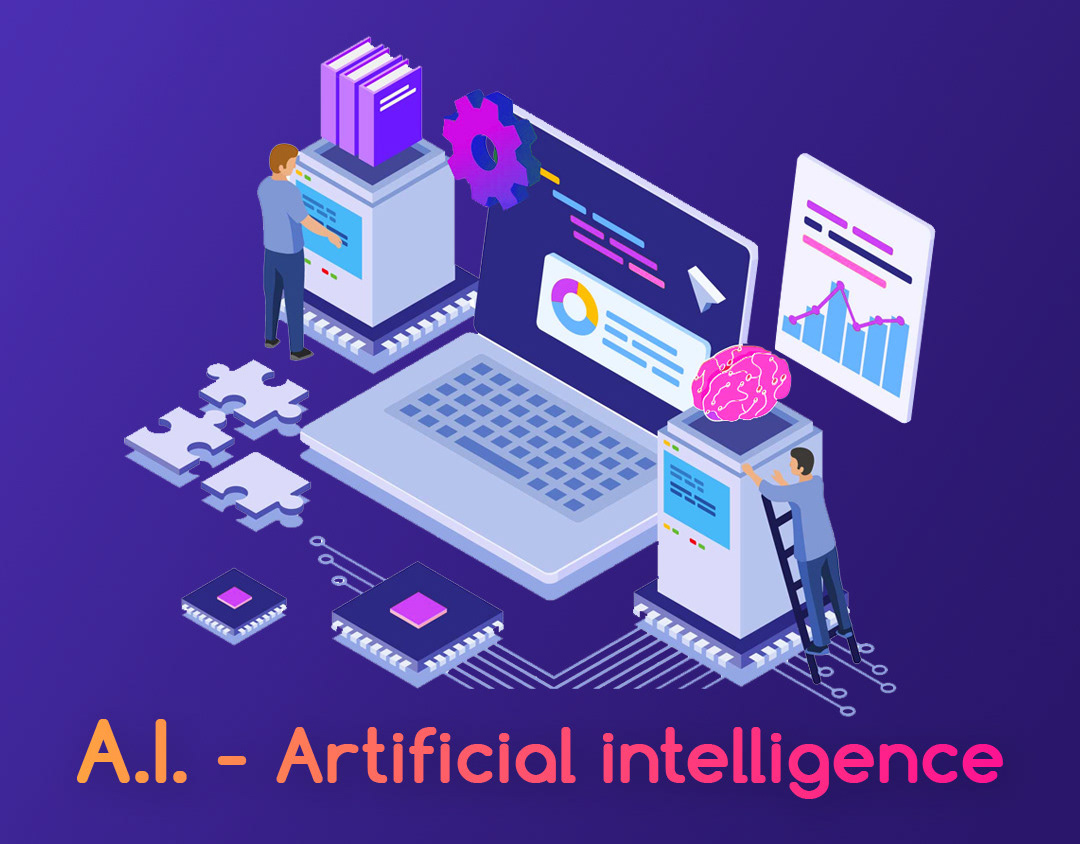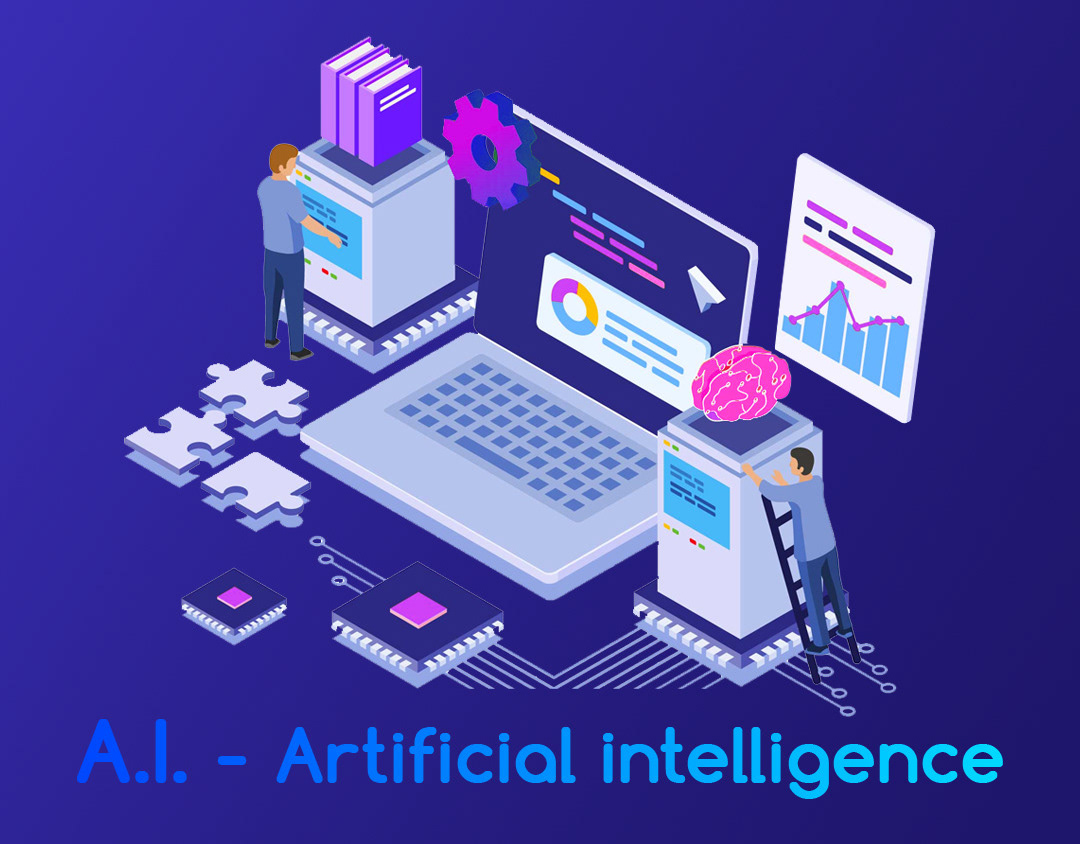Business Intelligence (BI) is a set of strategies that involve capturing and analyzing data to support decision-making processes. The goal is to create an environment in which a company can more easily locate, evaluate, collaborate on, understand, and act on high-value information whenever necessary.
Business Intelligence strategies have evolved over time and now stand apart from traditional data analysis approaches due to the number of concepts and factors used to generate insights. With BI, professionals gain access to the necessary information to make decisions that contribute to business success and to the execution of short-, medium-, and long-term strategies.
What are the benefits of Business Intelligence?
BI is widely used as a tool to enhance decision-making processes. However, its benefits go far beyond improving a manager’s daily workflow. Even in competitive and saturated markets, growing companies see BI as a way to stay ahead.
While many businesses waste time and money with flawed processes, poor customer engagement, and products that fail to deliver real value, Business Intelligence acts as a wise advisor—highlighting flaws and uncovering opportunities.
Dashboard Power BI
\Here are some of the advantages of investing in BI:
Increased revenue
BI provides a range of information that helps businesses identify opportunities to optimize marketing approaches and improve sales performance. With the right KPIs, managers can assess the impact of marketing strategies, plan campaigns more effectively, and develop products based on customer demand—making the business more competitive and capable of capturing more sales opportunities.
BI provides a range of information that helps businesses identify opportunities to optimize marketing approaches and improve sales performance. With the right KPIs, managers can assess the impact of marketing strategies, plan campaigns more effectively, and develop products based on customer demand—making the business more competitive and capable of capturing more sales opportunities.
Cost reduction
Every company seeks to reduce operational costs. Maintaining an efficient operational chain with minimal resource requirements is essential for long-term success. Cost efficiency also allows businesses to remain resilient during economic downturns and make strategic investments when needed.
Every company seeks to reduce operational costs. Maintaining an efficient operational chain with minimal resource requirements is essential for long-term success. Cost efficiency also allows businesses to remain resilient during economic downturns and make strategic investments when needed.
Improved internal processes
BI places managers in a strategic position to continuously monitor business operations, identify workflow bottlenecks, and detect areas that need improvement. With this data, activities across departments can be optimized, execution time can be reduced, and overall efficiency can increase.
BI places managers in a strategic position to continuously monitor business operations, identify workflow bottlenecks, and detect areas that need improvement. With this data, activities across departments can be optimized, execution time can be reduced, and overall efficiency can increase.
Efficient information management
Generating data is no longer a problem for most companies—it’s about managing and organizing it. With BI systems, relevant data is displayed on intuitive dashboards that simplify decision-making at every organizational level.
Generating data is no longer a problem for most companies—it’s about managing and organizing it. With BI systems, relevant data is displayed on intuitive dashboards that simplify decision-making at every organizational level.
Process optimization
Thanks to real-time insights, businesses using BI can optimize processes more quickly and efficiently compared to those without it. Improved processes directly impact product quality, customer retention, employee satisfaction, and overall business performance.
Thanks to real-time insights, businesses using BI can optimize processes more quickly and efficiently compared to those without it. Improved processes directly impact product quality, customer retention, employee satisfaction, and overall business performance.
Failure Detection
If you don’t spot any flaws in your processes or strategies, it’s probably because you’re failing to look for them.
There is no such thing as a perfect company, and identifying bottlenecks is essential to prevent them from becoming serious issues that could threaten your business's future.
There is no such thing as a perfect company, and identifying bottlenecks is essential to prevent them from becoming serious issues that could threaten your business's future.
Some problems don’t affect your company’s bottom line immediately, but they can damage employee morale and impact long-term performance.
With BI, it’s possible to find all these organizational weak spots and take practical steps to resolve them as soon as possible.
With BI, it’s possible to find all these organizational weak spots and take practical steps to resolve them as soon as possible.
Opportunity Identification
The same principle that applies to detecting failures also applies to identifying opportunities.
Innovation is the engine of companies that withstand the test of time. It only happens when leaders can recognize opportunities and act on them before competitors do.
Innovation is the engine of companies that withstand the test of time. It only happens when leaders can recognize opportunities and act on them before competitors do.
With the powerful insights that BI provides, it becomes easier to find market gaps and blue oceans to focus on.
Risk Prevention and Management
Every business faces risks, but working to control and minimize them is crucial.
Often, you won’t use BI to solve a current issue or boost sales, but to take preventive action that reduces or eliminates future risks.
Often, you won’t use BI to solve a current issue or boost sales, but to take preventive action that reduces or eliminates future risks.
Market Recognition
No business can survive without understanding its market. That includes knowing the current players, potential threats, upcoming trends, and evolving consumer habits.
By cross-referencing data from various sources, Business Intelligence delivers a comprehensive view—a 360° market perspective—enabling you to know exactly who your competitors are and how to outperform them.
How to Implement Business Intelligence?
Implementing BI involves strategic planning, collecting internal data, assessing long-term goals, and fostering a culture of continuous improvement.
It’s crucial to define KPIs to evaluate each department’s performance and adopt monitoring tools that help track progress. With this setup, managers can understand how each area contributes and what impact their actions have.
Once issues are identified, strategies must be created to fix them, aligning all improvements with business objectives. Training, courses, and routine changes should be clearly communicated to all team members to ensure everyone operates correctly.
BI should be seen as a strategy that guides the direction and execution of all internal workflows. With it, businesses can create more efficient processes based on market demands and continuous improvements.
Difference Between BI, Big Data, and BA
BI is about delivering the right information to the right people at the right time. That requires asking the right questions and analyzing data with business context to understand the “why” and act on it.
Big Data, on the other hand, involves massive amounts of information processed by data science professionals. It’s connected to BA (Business Analytics), which identifies patterns and correlations—many of which may be unknown.
While BI analyzes current data and offers actions to take, Big Data expands possibilities, often pointing toward innovation.
The Power of Combining BI, Big Data, and BA
Rather than choosing between BI, Big Data, and BA, decision-makers should aim to combine their strengths to gain a broader understanding of data. This leads to even better, more innovative decisions.
Tech giants like Amazon and Uber already use this powerful combo, allowing them to operate at top performance by understanding their current operations (via BI) and building the future (via Big Data).
How to Apply BI in My Company?
Using BI requires more than just selecting a good tool. It must go beyond a specific role—it should be embraced across all departments.
Employees from various teams should be encouraged to use data for decision-making, but more importantly, reminded that it's not just about reading obvious numbers on a dashboard.
It’s about being curious, digging deeper, and discovering optimal solutions by analyzing hidden insights.
It’s about being curious, digging deeper, and discovering optimal solutions by analyzing hidden insights.
When everyone treats BI as a tool for exploration—not just consultation—the company benefits from a BI strategy that truly works.
Top BI Tools
Now that you understand what BI is, its benefits, and how it integrates with Big Data, here are some of the most trusted BI tools recognized by Gartner:
1. Microsoft Power BI
Microsoft has been on Gartner’s Leaders list for 11 consecutive years—the longest-running entry. This gives business owners confidence in the return on investment when choosing Power BI.
2. Tableau
Tableau enables fast answers to business questions with its drag-and-drop interface, making it simple for even non-technical users to explore data, identify trends, and generate forecasts.
It connects with hundreds of data sources and delivers easy-to-read dashboards and reports.
3. Qlik
Qlik has also appeared on Gartner’s list for 8 straight years. Tools like QlikView (basic data discovery) and Qlik Sense (more advanced with natural language processing) are part of its ecosystem.
Google Data Studio
A free WebApp, Google Data Studio connects easily to data sources like Google Ads, Google Sheets, and Google Trends, enabling the creation of fully customizable dashboards for teams across the organization.
It also generates user-friendly reports that can be shared and personalized.
Trends in Business Intelligence
Keeping up with trends isn’t about chasing fads—it’s about understanding where the market is going and preparing to stay competitive.
Below are BI trends shaping the future:
1. Chief Data Officer (CDO)
As companies grow, it’s likely we’ll see more CDOs join the C-Suite, with dedicated teams focused on transforming data into cross-departmental strategies.
2. IoT & Location-Based Analytics
Internet of Things (IoT) is expanding, and new applications now allow the analysis of location data from connected devices. This enhances security, enables asset tracking, and personalizes user experiences in real time.
3. Data-Driven Roles Across All Teams
As more universities offer data-focused programs and new job roles emerge, data analysis will be expected in nearly every role and level of the organization.
4. Storytelling With Data
Data will be increasingly used to create compelling, personalized stories that enhance engagement, persuasion, and conversion—enriching marketing and communication strategies.
5. Artificial Intelligence (AI)
AI will further enhance BI by enabling systems to provide intelligent, dynamic recommendations that support better decision-making.
6. Predictive Analytics
Predictive analytics helps businesses project future probabilities using current and historical data, enabling better product development, customer insights, and risk management.
7. Competitor Analysis
Monitoring competitors through BI provides strategic advantages and helps align offerings with evolving consumer demands.
Business Intelligence empowers companies with a clear view of their operations—filtering out noise and delivering precise data for effective, confident decisions.

